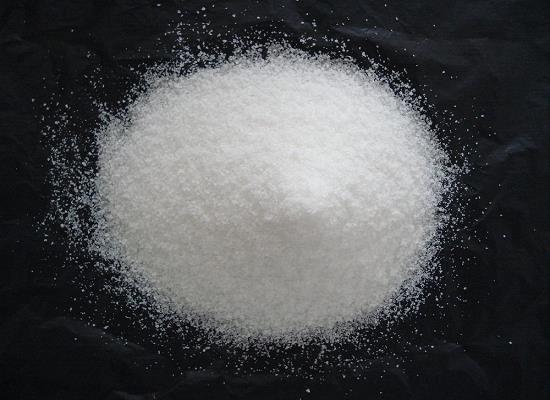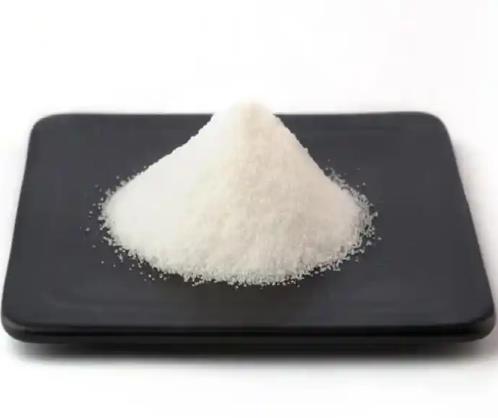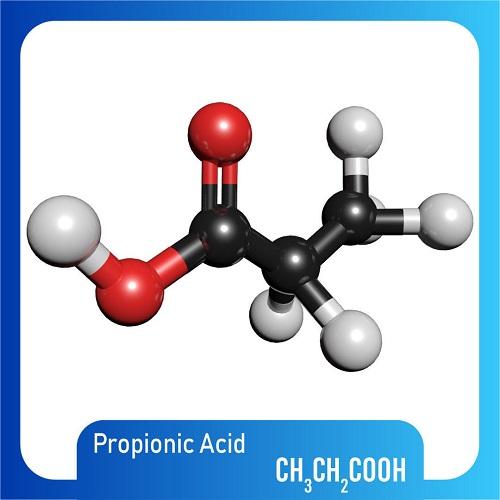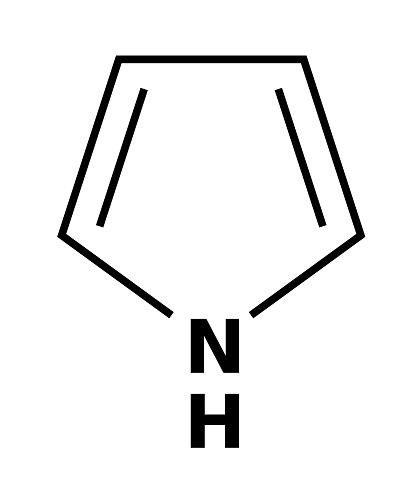Sodium Salicylate vs Aspirin
Sodium salicylate is a metabolite of acetylsalicylic acid (sc-217570), and functions by inhibiting NF κ B and reduces oxidative stress. The agent has the ability to protect against neurotoxicity induced by glutamate in rat studies. Along with aspirin (sc-202471), sodium salicylate is an anti-inflammatory compound that binds to and inhibits IKK β. Sodium salicylate has been shown to reduce ATP binding in vitro and in vivo. Sodium Salicylate is an inhibitor of c-Jun and Cox-2 and an activator of p38.
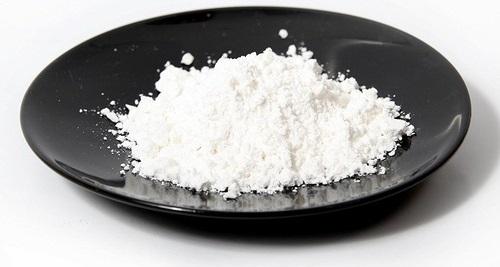
Sodium salicylate is the “other” nonprescription salicylate. Its characteristics are similar to those of aspirin with one major exception: sodium salicylate is not acetylated. As such, it does not have a two-compartment half-life as does aspirin. That is, although aspirin has a “first” half-life as acetylsalicylic acid that is approximately 15 minutes followed by an active metabolite, salicylate, half-life of 3 to 5 hours, sodium salicylate has a single compartment active drug half-life of 3 to 5 hours, but can be prolonged up to 19 hours. The second major difference between aspirin and sodium salicylate is that aspirin acetylates and irreversibly blocks cyclooxgenase. Therefore, platelet aggregation is effectively inhibited for the life of the platelet with aspirin, whereas the antiplatelet adhesion effect is only temporary with the nonacetylated salicylates.
Sodium salicylate is considered somewhat less effective in reducing pain when compared with aspirin. However, some patients who are hypersensitive to aspirin may tolerate sodium salicylate.
Related articles And Qustion
Lastest Price from Sodium salicylate manufacturers

US $0.00/KG2025-10-14
- CAS:
- 54-21-7
- Min. Order:
- 25KG
- Purity:
- 98%min
- Supply Ability:
- 30tons/month
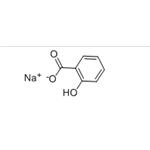
US $0.00-0.00/kg2025-04-15
- CAS:
- 54-21-7
- Min. Order:
- 1kg
- Purity:
- 99.0%
- Supply Ability:
- 1tons

